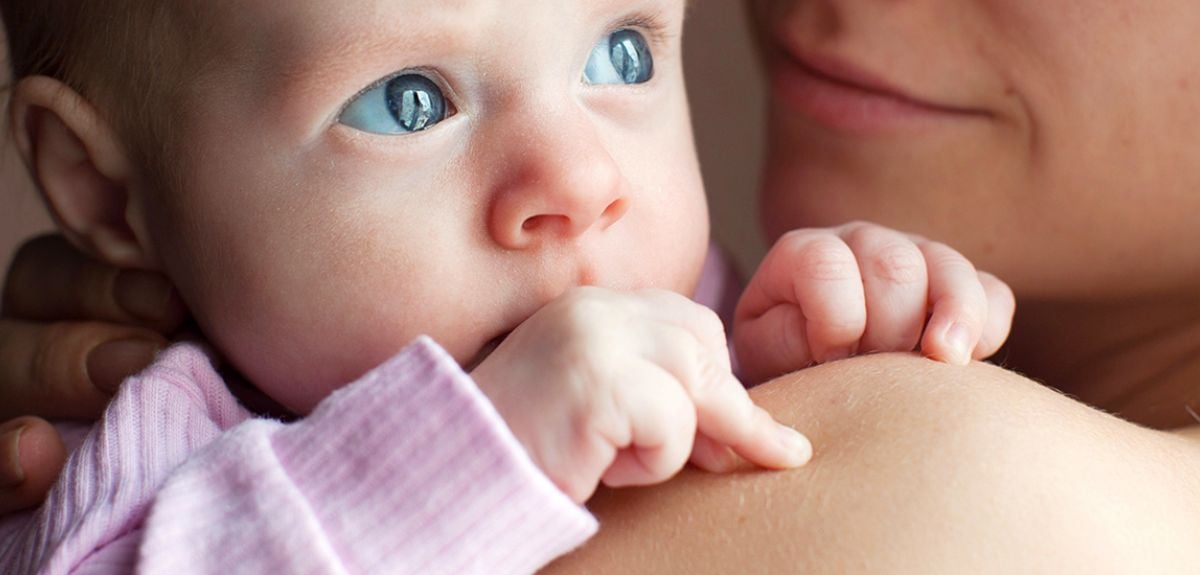
Credit: Shutterstock/Gladskikh Tatiana
A million-dollar baby?
A study of millions of first births in the United States shows how mothers in particular professions are likely to choose the season for when their baby is born.
According to an analysis of US Census data, women working in educational sectors (teachers, educators and librarians) target, and give birth, in the spring and summer. They are two percentage points more likely to achieve spring or summer births than women in other jobs and this preference happens to have possible health benefits for their babies, says the working paper. It adds that this could provide some 'compensatory' value as it also estimates that teachers, educators and librarians in the US earn up to $1 million less than other working mothers, on average, over the course of their lifetime.
Researchers from the Universities of Oxford and Surrey, in the UK, and Santiago, Chile, examined data for every US state on mothers' occupations, age and the weather. They also analysed the Register of Live Births of 2,260,700 first births between 2005 and 2013, as well as monthly temperature data for each of the states. They focused on white, non-Hispanic married women, aged between 25-45 years, to see what trends emerged.
Teachers have a higher likelihood than first-time mothers working in many other sectors to target spring in particular, so their maternity leave ties in with the school summer holiday, says the study. It highlights that in occupations with a 'seasonal element', women often choose the timing of when their baby arrives. The authors, all economists, argue there are non-financial 'compensations', finding that new-born babies who arrive in the spring or summer are 10 grams heavier on average, with less chance of low-birth weights compared with babies born at other times of year.
They estimate that mothers outside of educational sectors earned about 12%-16% more in annual earnings or US $1,300-$1,600 a year. They calculate that if a mother works for 40 years, and future annual earnings are discounted at 5% (interest rate), the value of the possibility of enjoying a healthier spring or summer baby may be up to US $1 million. This figure is obtained by dividing the present value of the stream of annual earnings during her working life by 0.02 percentage points, which is the difference in the likelihood of achieving spring or summer births between mothers in education sectors and mothers in other sectors.
Mothers in education may lose out on potential earnings of US $1 million over their lifetime, but this study suggests they have better odds, as a sector, of producing healthy, bouncing babies.
Climent Quintana-Domeque, Associate Professor in Economics
Study co-author Climent Quintana-Domeque, Associate Professor in Economics at the University of Oxford, said: 'Babies born in the spring and summer arrive in what we call the "good season". As economists, we estimate the seasonal, compensatory value of being in a teacher, educator or librarian job rather than a better paid profession. Mothers in education may lose out on potential earnings of US $1 million over their lifetime, but this study suggests they have better odds, as a sector, of producing healthy, bouncing babies.'
The study also finds that younger women, especially those aged 28 to 31 years, target "good" seasons when planning to give birth, as well as women not using artificial reproductive technologies. The researchers found that women were considerably more likely to have their births in spring or summer, and that these results were particularly striking in states where winters are harshest.
Women who have less flexibility in targeting birth months exactly – for example because they are undergoing artificial reproductive technologies (ART) – are found to have no 'good season' advantage, says the paper.
The full paper, 'The Demand for Season of Birth', can be viewed on the Department of Economics website
 Expert Comment: Chatbot-driven sexual abuse? The Grok case is just the tip of the iceberg
Expert Comment: Chatbot-driven sexual abuse? The Grok case is just the tip of the iceberg
 New study finds that stopping weight-loss drugs is linked to faster regain than ending diet programmes
New study finds that stopping weight-loss drugs is linked to faster regain than ending diet programmes